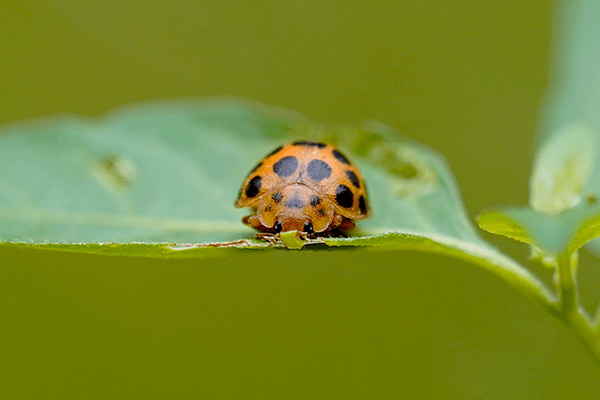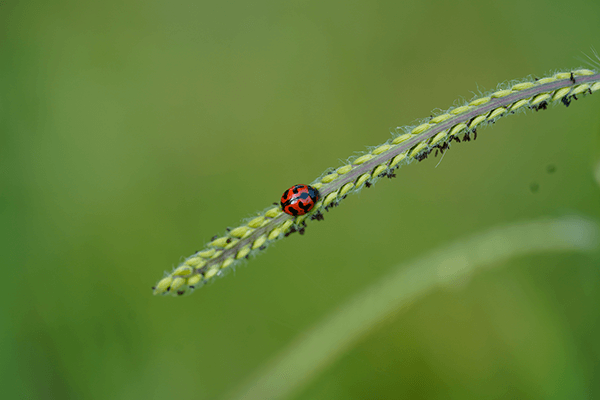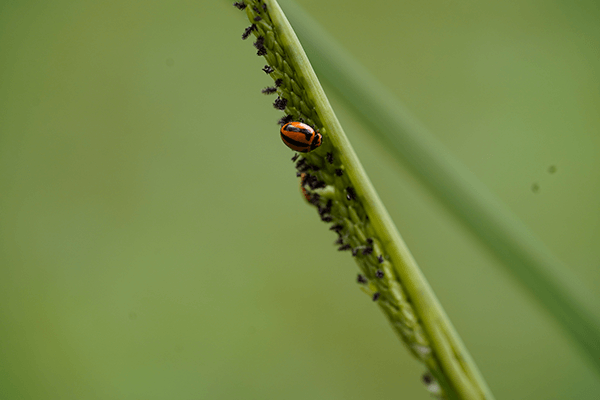About Ladybird Beetles
Most Ladybirds are predators of plant pests such as mites, aphids and scale and can eat up to 2500 little pests in their lifetime. Other ladybirds target fungi or plants. The life cycle of a ladybird consists of 4 stages: the egg, which is yellow to cream in colour; the mobile larvae, a pupae stage and adult beetle.
You may be interested in trying to find out how many you can discover - there are over 400 species in Australia and quite a few can be found at the Park. Let’s meet three of them:


